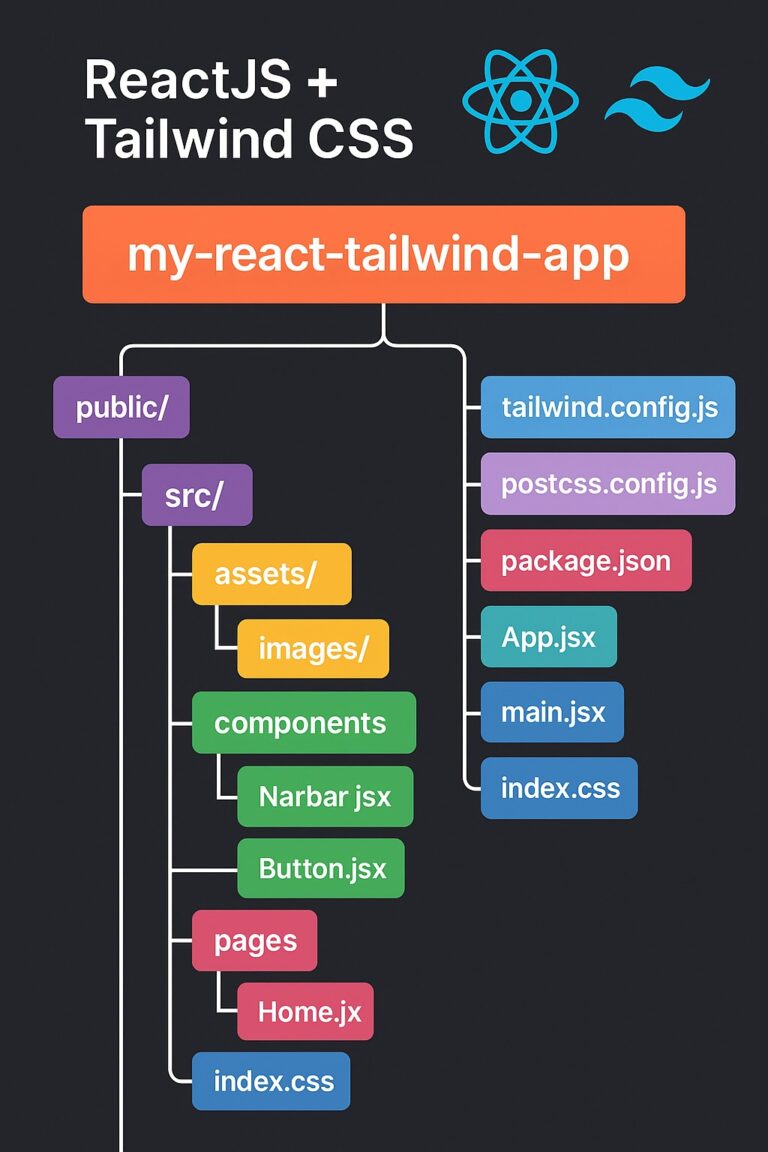Scenario
You’re managing:
- Real-time updates of incoming sales data from a WebSocket.
- User-applied filters to refine the displayed data.
- A dashboard with multiple data charts and tables that require re-rendering.
Concurrent rendering ensures that real-time data updates don’t block user interactions, while filter changes and graph re-rendering are deferred.
Step 1: Set Up the Component
import React, { useState, useEffect, useTransition } from "react";
function SalesDashboard() {
const [salesData, setSalesData] = useState([]); // Full dataset
const [filteredData, setFilteredData] = useState([]); // Displayed dataset
const [isPending, startTransition] = useTransition(); // For deferred rendering
const [filters, setFilters] = useState({ region: "", product: "" }); // Filters
// Simulate real-time data updates using WebSocket
useEffect(() => {
const webSocket = new WebSocket("wss://example.com/sales-updates");
webSocket.onmessage = (event) => {
const newSales = JSON.parse(event.data);
// Prioritize real-time updates immediately
setSalesData((prevData) => [...prevData, ...newSales]);
};
return () => webSocket.close();
}, []);
// Handle user-applied filters with deferred updates
const applyFilters = (newFilters) => {
setFilters(newFilters);
startTransition(() => {
const updatedData = salesData.filter((sale) => {
return (
(!newFilters.region || sale.region === newFilters.region) &&
(!newFilters.product || sale.product === newFilters.product)
);
});
setFilteredData(updatedData); // Non-urgent rendering
});
};
return (
<div>
<h1>Sales Dashboard</h1>
{/* Filter Controls */}
<FilterControls filters={filters} onApplyFilters={applyFilters} />
{/* Loading Indicator */}
{isPending && <p>Loading filtered data...</p>}
{/* Data Visualization */}
<DataCharts data={filteredData} />
<DataTable data={filteredData} />
</div>
);
}
function FilterControls({ filters, onApplyFilters }) {
const [region, setRegion] = useState(filters.region);
const [product, setProduct] = useState(filters.product);
const handleApply = () => {
onApplyFilters({ region, product });
};
return (
<div>
<label>
Region:
<input value={region} onChange={(e) => setRegion(e.target.value)} />
</label>
<label>
Product:
<input value={product} onChange={(e) => setProduct(e.target.value)} />
</label>
<button onClick={handleApply}>Apply Filters</button>
</div>
);
}
function DataCharts({ data }) {
// Render data into charts
return <div>/* Visualization logic here */</div>;
}
function DataTable({ data }) {
// Render data into a table
return (
<table>
<thead>
<tr>
<th>Region</th>
<th>Product</th>
<th>Sales</th>
</tr>
</thead>
<tbody>
{data.map((row) => (
<tr key={row.id}>
<td>{row.region}</td>
<td>{row.product}</td>
<td>{row.sales}</td>
</tr>
))}
</tbody>
</table>
);
}
Breakdown of the Code
- Real-Time Updates:
- The
useEffecthook establishes a WebSocket connection to receive real-time sales data. - React prioritizes updating
salesDataimmediately when new data arrives.
- The
- Deferred Updates for Filters:
- When a user applies filters,
startTransitiondefers the computation and rendering offilteredData. - This ensures that the app remains responsive, even with large datasets.
- When a user applies filters,
- Visual Indicators:
- The
isPendingflag fromuseTransitiondisplays a loading message while React processes the filters.
- The
- Multiple Components:
- Filter controls allow users to modify criteria.
- The data is visualized in charts and tables, re-rendering only when needed.
Benefits of Concurrent Rendering
- Smooth User Experience: Real-time updates don’t interfere with filter selection or other interactions.
- Optimized Performance: Filtering large datasets is handled efficiently without blocking the UI.
- Scalable Architecture: The system can handle increasing complexity by delegating non-critical updates.
Conclusion
Concurrent Rendering transforms how React applications handle complex and dynamic interactions. By prioritizing critical tasks like real-time updates and deferring non-urgent rendering, it ensures a responsive and efficient UI. Whether you’re building dashboards, gaming apps, or data-driven interfaces, Concurrent Rendering helps create a seamless experience for users.



